What Every Homeowner Should Know About Roofing
Your home’s roof is the unsung hero of your property. It plays a crucial role in protecting your home from the elements, and understanding the key aspects of roofing is vital for every homeowner. A well-functioning roof ensures your home’s integrity, preventing problems that can extend from the attic all the way down to the foundation.
Components of a Complete Roofing System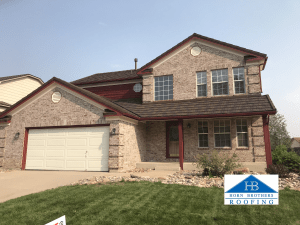
When installing or repairing your roof, it’s essential to consider the complete roofing system. A robust roofing system includes vents for proper ventilation, decking to provide structural support, underlayment for added weather resistance, flashings to seal vulnerable areas, a variety of roofing materials to suit your needs, and a reliable gutter system to manage rainwater.
The choice of roofing materials is critical. In Colorado, where extreme weather conditions are prevalent, you’ll want to select materials that can withstand hail, snow and fluctuating temperatures. Class 3 impact shingles offer good protection, while Class 4 impact shingles, which incorporate rubber for added strength, are a better choice for durability. Class 4 shingles can either have a rubber mat under the shingle or an SBS (Styrene-Butadiene-Styrene) Class 4 shingle has rubberized material mixed into the shingle itself.
Addressing Environmental Threats
Understanding the environmental threats to your roof is crucial. In Colorado communities, factors like hail, snow, and temperature fluctuations can wreak havoc on your roof. Consider installing a heated edge system or hot tape to prevent ice dams, which can cause water leaks. These tools create a path for melting ice to safely reach the gutter system without forming puddles or leaks. You can also use ice dam barriers for added protection.
Aesthetics and Style
Beyond functionality, consider the aesthetics and style of your roof. It’s important to be aware of any aesthetic limitations or requirements imposed by your community, neighborhood, or homeowners’ association (HOA). Different roofing styles can enhance the overall look of your home, and choosing one that complements your surroundings is key.
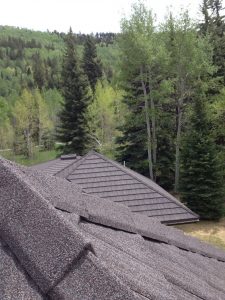
Talk to us about roofing materials with a Class-A fire rating for your Colorado home.
Longer-Lasting Roofing Options
When it comes to “regular” shingles, homeowners have a range of options to consider.
- Traditional Asphalt Shingles: These are the most common choice, offering reliable protection for many homes.
- Class 3 Impact Shingles: For areas prone to more severe weather conditions, upgrading to Class 3 impact shingles can be a wise decision, providing improved durability.
- Class 4 Impact Shingles: For those seeking the even better protection, Class 4 impact shingles will provide that. As mentioned above, these shingles incorporate either a Class 4 skrim with a rubber sheet below the shingle or use SBS technology mixing the rubber into the shingle itself. The degree of SBS integration is a critical factor in determining the product’s quality so it’s important to ask your local contractor about the difference and which would be the best choice for you.
In Colorado, the freeze/thaw cycles, intense UV rays, and the ever-present threat of hail mean that you need a
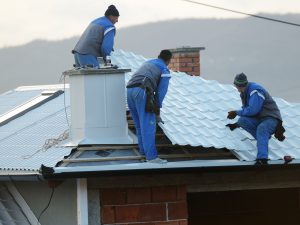
longer-lasting roof. If you’re looking for a roof you don’t want to replace every 3-5 years because of the Colorado elements, these types of roofs are the way to go. There are several options beyond regular asphalt shingles that offer superior durability:
- Concrete Tile: Concrete tiles are highly resistant to hail, fire-resistant, and can last for decades. They also are a low maintenance option since they do not rot, warp, or corrode, and individual damaged tiles can be easily replaced.
- Standing Seam: These metal roofs are resistant to fire and can shed snow and ice quickly, reducing the risk of ice dams forming on your roof. They are also highly resistant to moisture, which can help prevent leaks and water damage.
- Stone-Coated Steel: This type of roofing combines the strength of steel with a stone-like appearance, making it durable and visually appealing.
- Synthetics: Synthetic roofing materials can mimic the appearance of wood, slate, or other traditional materials while providing increased resistance to environmental factors.
Your home’s roof is its first line of defense against the elements. Understanding the components of a complete roofing system, addressing environmental threats, considering aesthetics, and choosing the right roofing materials are essential steps in ensuring a roof that will last. In Colorado’s challenging climate, opting for longer-lasting shingles like Class 4 impact shingles, concrete tile, stone-coated steel, or synthetics can provide the longevity and protection your home deserves. Don’t just think of your roof as a cover; consider it an investment in the long-term well-being of your home.


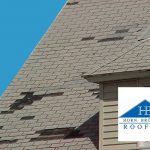
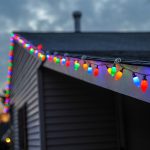
You must be logged in to post a comment.